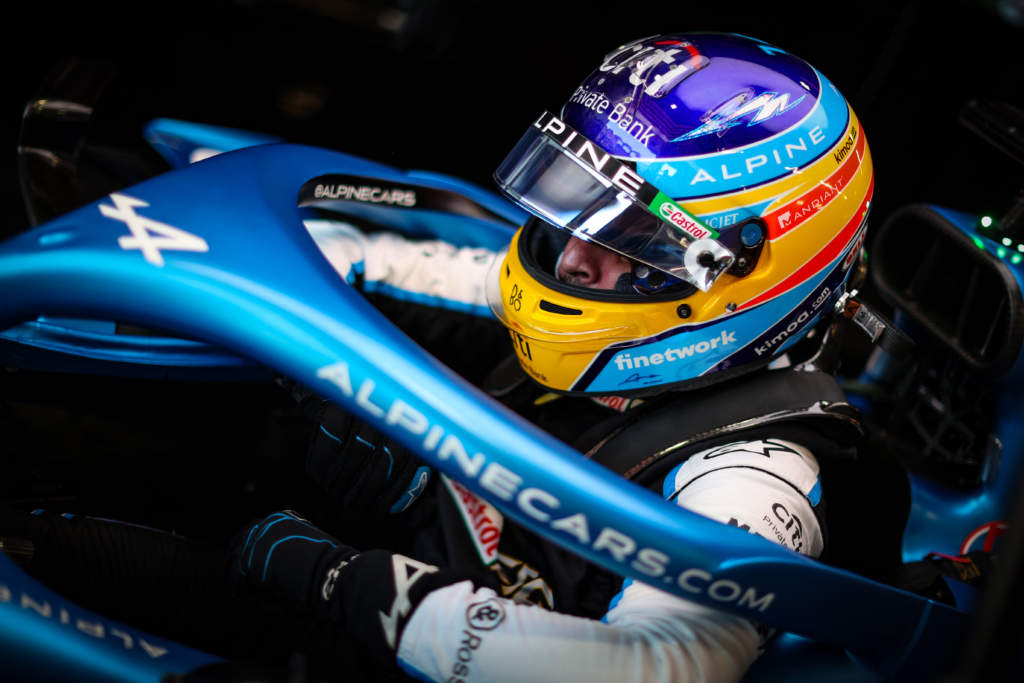Up Next

Fernando Alonso became the eighth driver in the last 35 years to start a Formula 1 race aged 40 or older when he starred in the 2021 Hungarian Grand Prix.
While racing into your 40s (and sometimes 50s) was commonplace in the early days of F1, it’s become a far more exclusive club over the last few decades and an increasingly difficult thing to do whilst still achieving success.
The Alpine driver is dismissive of questions about his age and insists that it is “a bigger number than what I feel”, but does stress the positives of his vast experience in F1.
When asked if he would have seen himself still racing in F1 at the age of 40 when he claimed his first victory here at the Hungaroring in 2003 – setting a record, since broken by first Sebastian Vettel and then Max Verstappen – Alonso explained how his experience has changed his perspective of the passage of time.
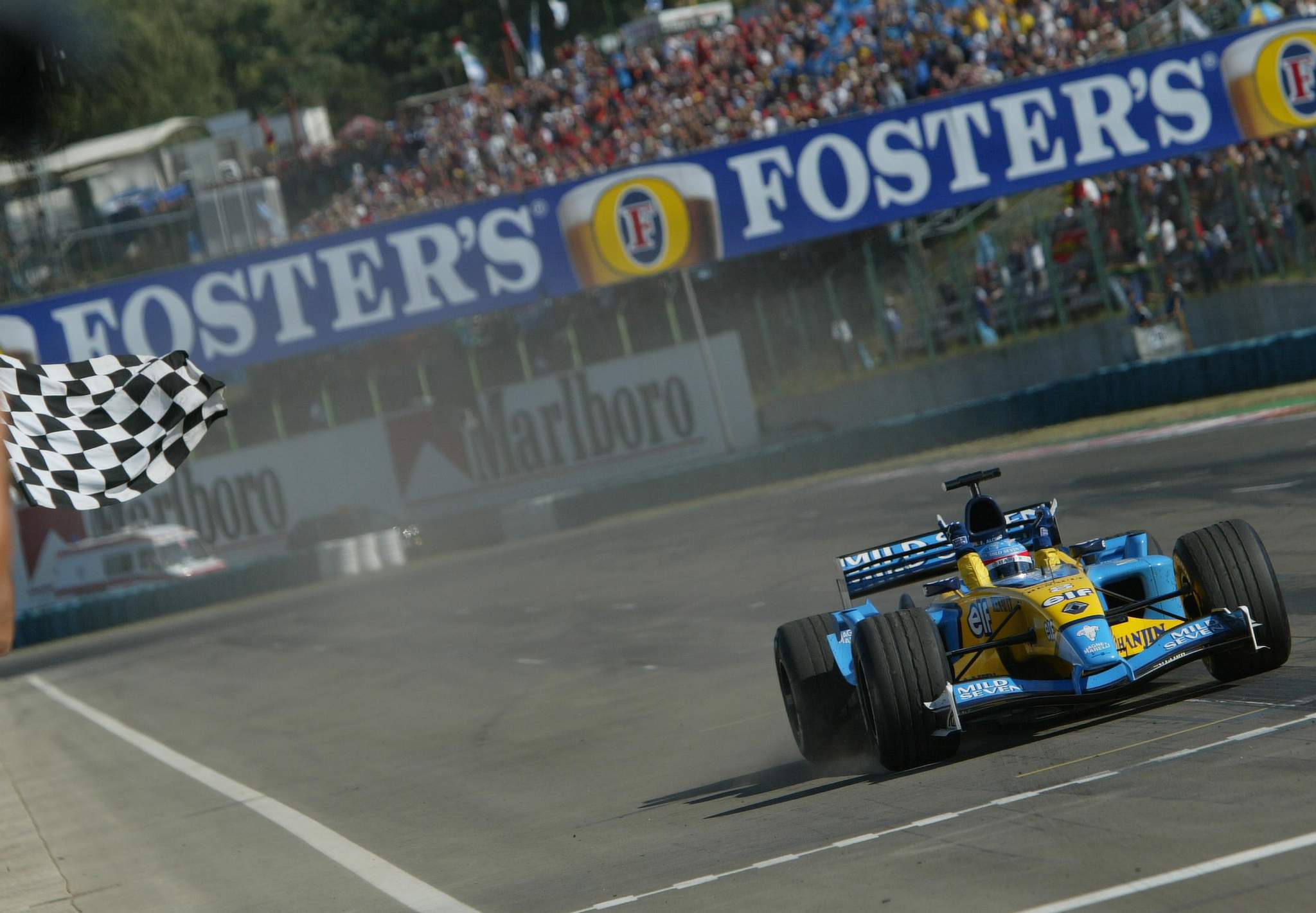
“No, probably not because you live only the present, you are not thinking about the future at that age, you are just focused on the race weekend and you hardly imagine yourself more than two or three years in time at that moment,” said Alonso.
“Now it’s a different thing, I’m more used to the sport, to F1 and all the things that are quite unique here.
“When I came into the sport I was from a very small town in the north of Spain with no experience, no background, no nothing. Then you arrive into this world and you are shocked for five, six, seven years until you are used to everything.
“Now it’s a little bit different, you know how things are and you are enjoying a little bit more yourself.
How Alonso fares in F1 in his 40s remains to be seen, but here’s how his seven predecessors did.
Kimi Raikkonen
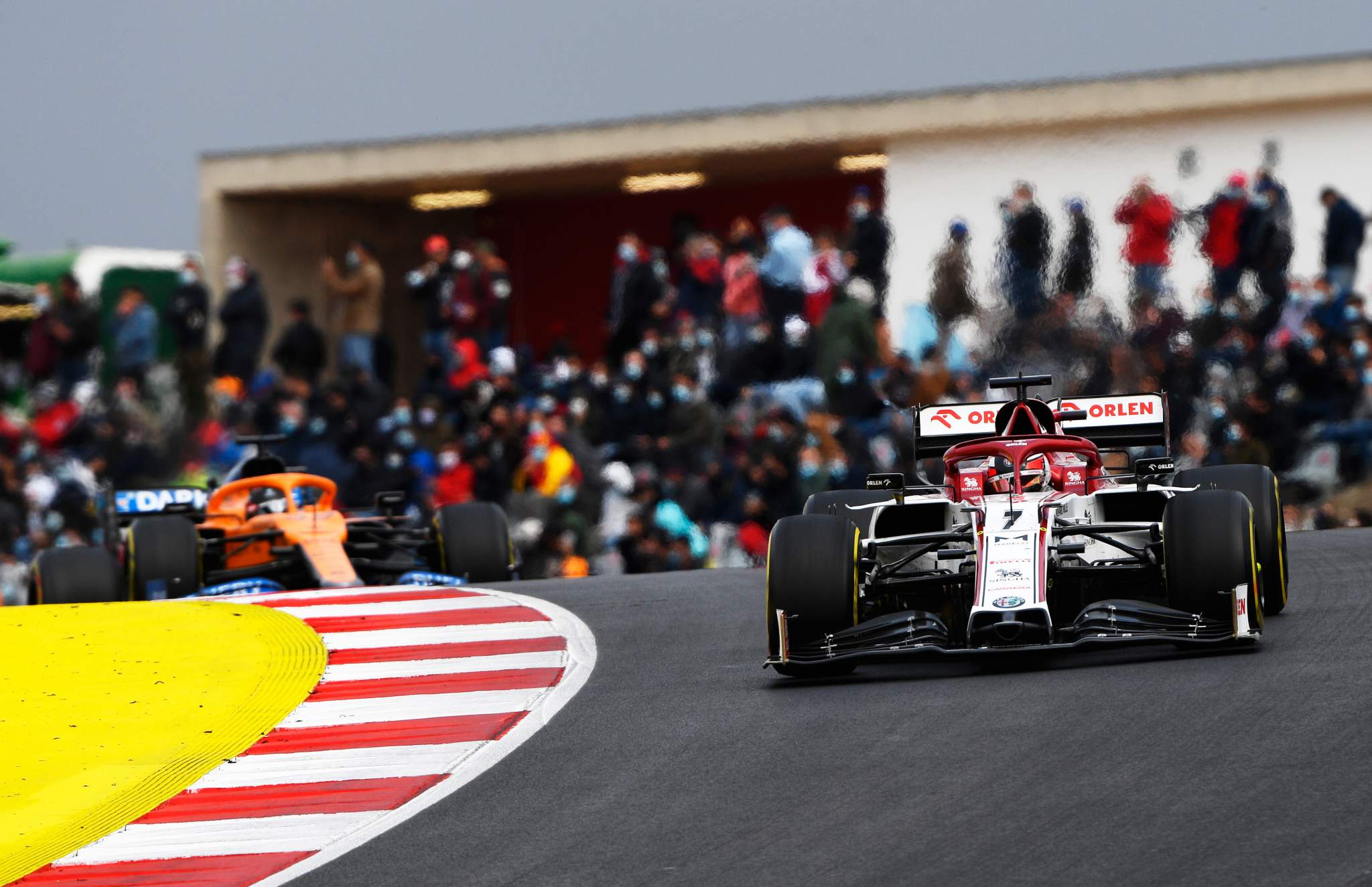
Raikkonen was characteristically non-plussed on the eve of his first grand prix as a 40-year-old in Portugal last year. He had already been equally unexcited about the remarkable achievement of setting a new record for F1 starts with his 323rd at the preceding Eifel GP.
But he certainly created plenty of excitement at the start of the race. He started on softs in cool conditions, got the tyres switched on and momentarily got as high as fifth on the second lap of the race before finishing 11th.
While his qualifying performances have been poor, he has turned in some decent race drives in his 40s, peaking with 10th in Baku earlier this season.
Michael Schumacher
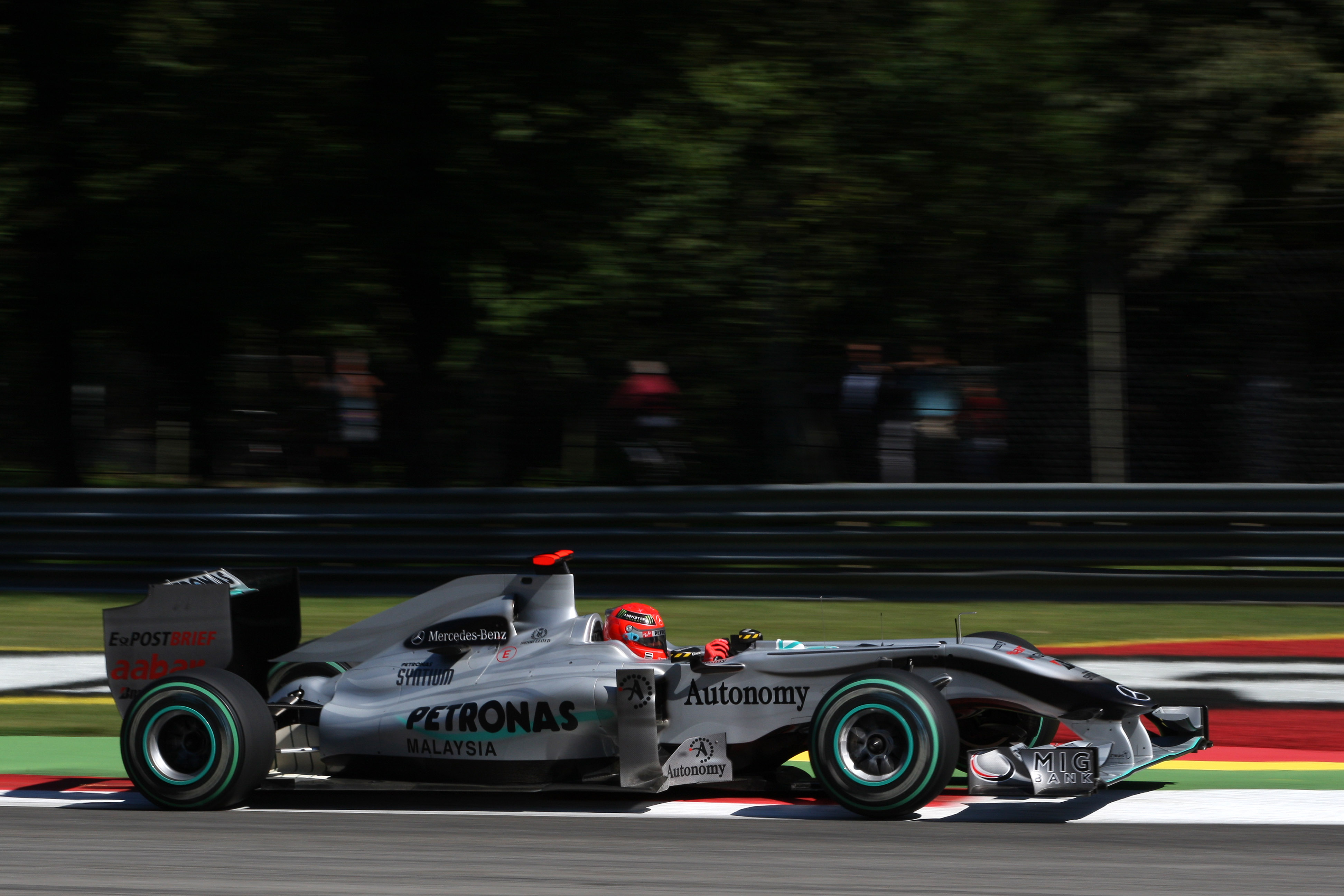
The seven-time world champion made his comeback with Mercedes in 2010 at the age of 41. It’s fair to say that his return was a disappointment, but it’s often overlooked that in his final season in 2012 – as a 43-year-old – he stacked up well against future world champion Nico Rosberg despite more than his fair share of bad luck.
That year, he took the sole podium finish of his three-year return at Valencia and set the pace in qualifying in Monaco. Sadly, he wasn’t credited with pole position thanks to a five-place grid penalty for causing a collision with Williams driver Bruno Senna in the preceding race in Spain.
But he racked up 31 points finishes in his 40s and proved he could still cut it, with his eighth place in the championship in 2011 his best.
Pedro de la Rosa
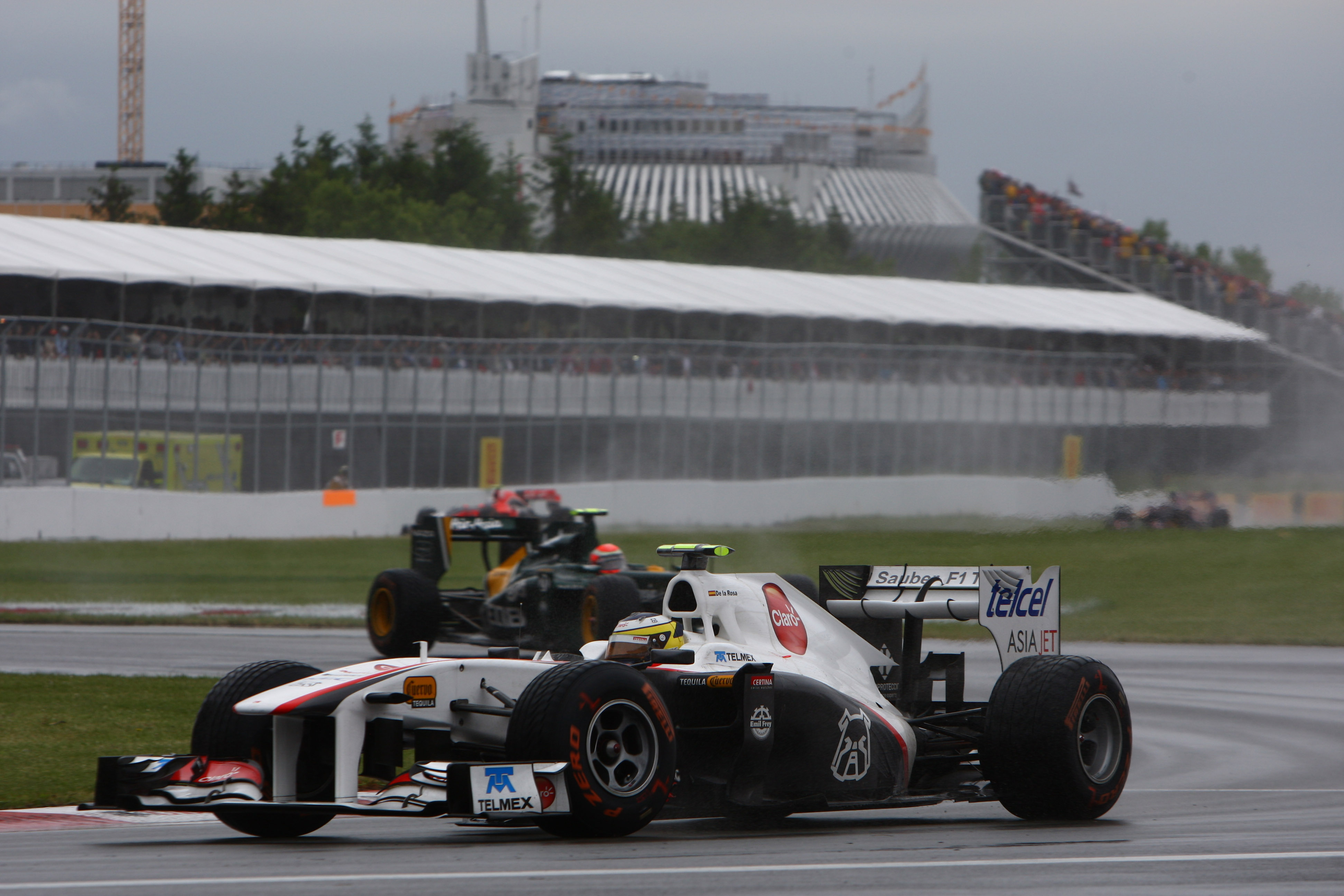
It seemed de la Rosa might not quite make it into his 40s as an active F1 driver, but he was called up to replace Sergio Perez at Sauber after FP1 for one of the craziest races of the century – the 2011 Canadian Grand Prix. Then a McLaren tester, he had raced for Sauber the previous season.
But his F1 career as a 40-something continued beyond that, even though he never matched the 12th place he achieved in Canada, as he joined the struggling HRT team for 2012.
There, he did a decent job in uncompetitive machinery, outqualifying Narain Karthikeyan 17-3 across the season, though he never qualified higher than 20th and in the races, a quartet of 17th places as good as it got.
Nigel Mansell
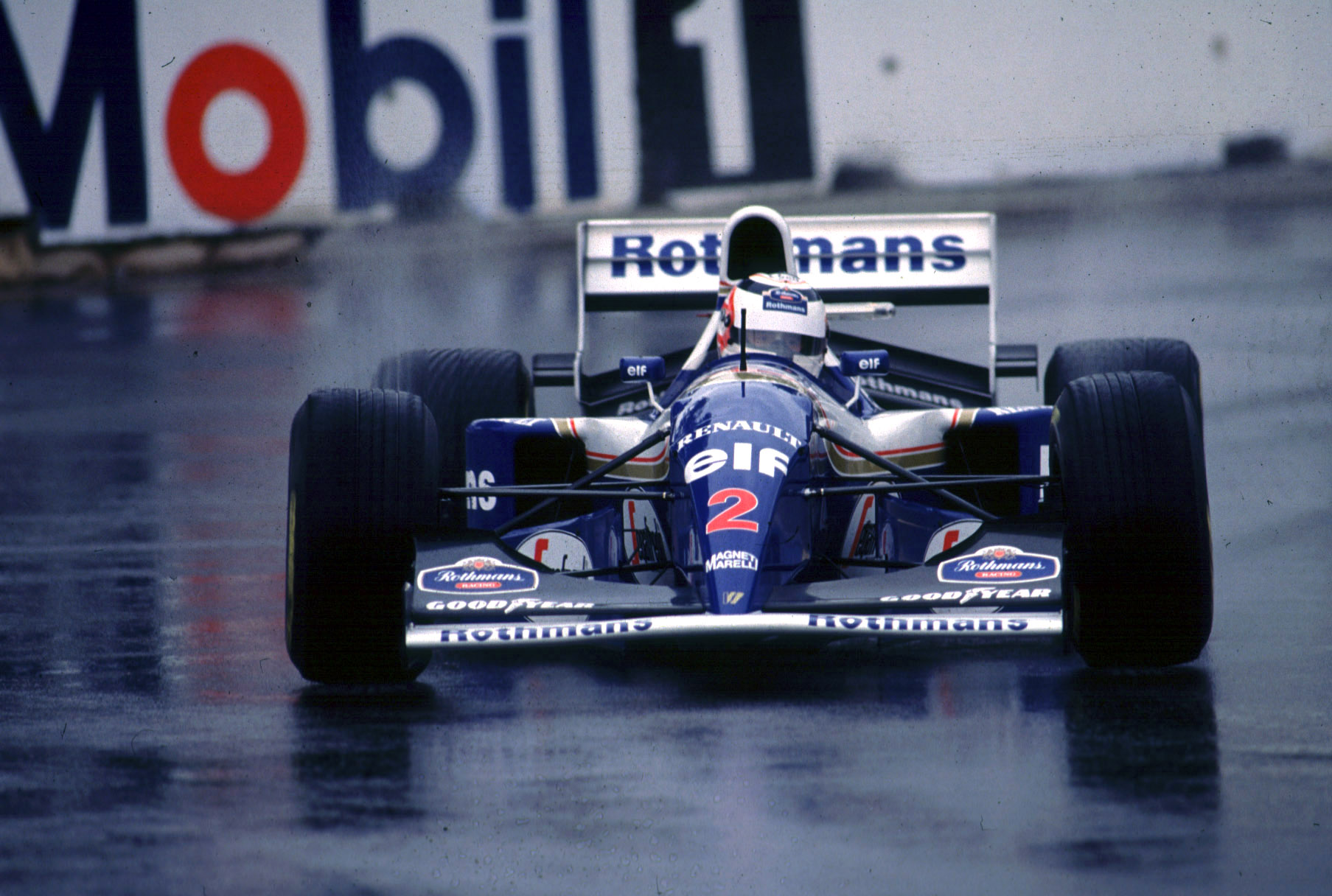
Mansell was 41 when he made what was then a one-off return for Williams in the 1994 French Grand Prix having been brought back into F1 following the death of Ayrton Senna. He showed he hadn’t lost it by qualifying on the front row, but failed to finish in the race.
He returned for the final three races of the season, winning in Australia having taken pole position but only after title rivals Michael Schumacher and Damon Hill collided. That made him the oldest driver to win a grand prix since Jack Brabham won the 1970 South African Grand Prix while just a month away from his 44th birthday.
Mansell moved to McLaren the following year, which proved to be a misguided move and led to him adding just two more starts to his stellar F1 CV.
Philippe Alliot

Peugeot had pushed for Alliot to have a McLaren race drive in 1994, but the team opted for Martin Brundle. When Mika Hakkinen was banned for the Hungarian Grand Prix thanks to causing an accident at the start of the previous race at Hockenheim, Alliot slotted in a couple of weeks after his 40th birthday.
He qualified 14th and retired with a water leak, but despite Hakkinen returning for the following race at Spa Alliot did get a second, and final, race as a 40-year-old. When Olivier Beretta was dropped by Larrousse for financial reasons, Alliot returned to the team for a third time.
His 109th and final grand prix lasted only 11 laps when he retired from 19th place with an engine failure.
Rene Arnoux
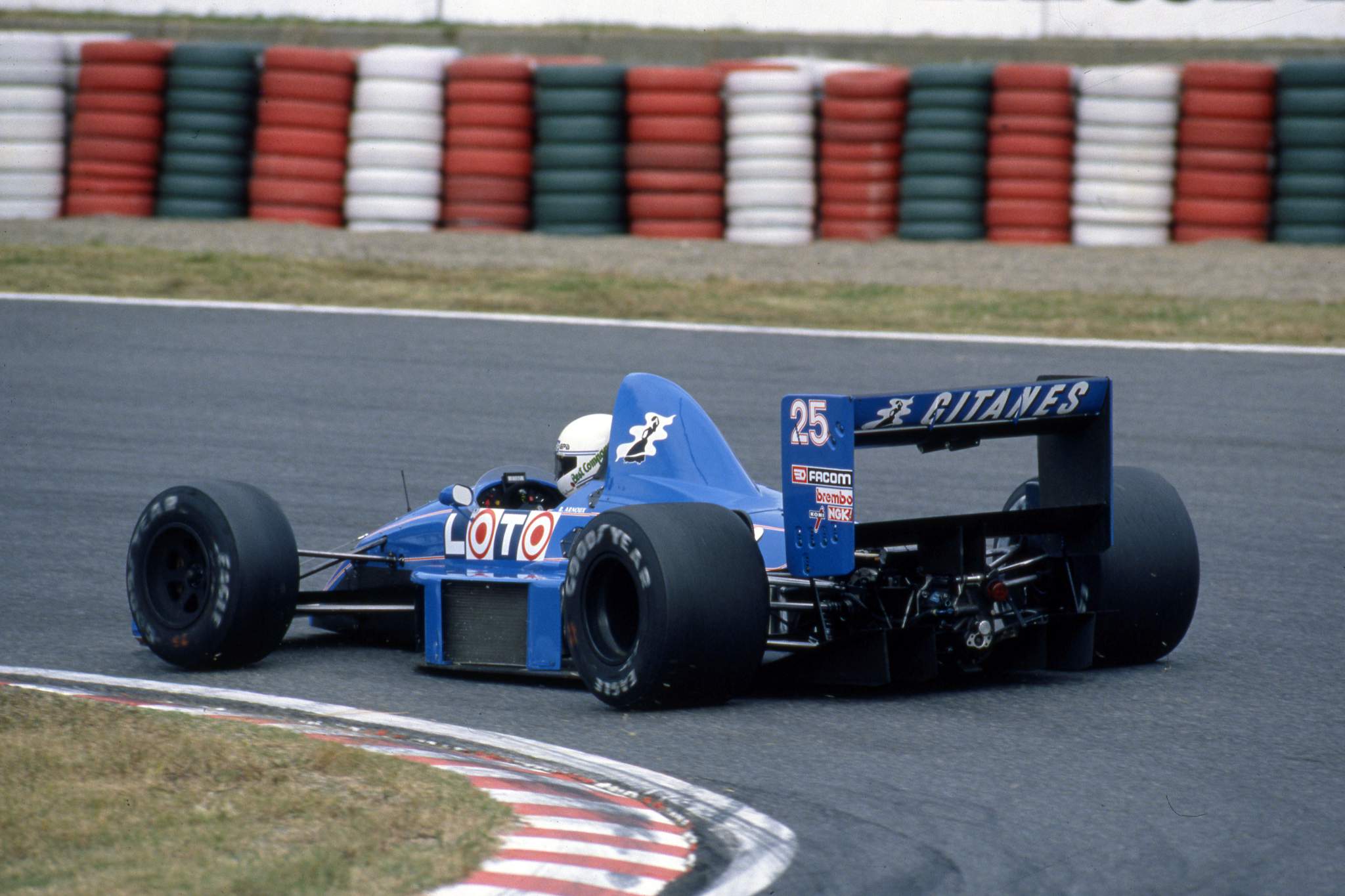
Arnoux turned 40 during his penultimate F1 season with Ligier in 1988, one day after failing to qualify for his home grand prix. While he did make the grid for his first race as a 40-year-old at Silverstone, his season-and-a-half at that age did not go well.
He scored points just once, with fifth in an attritional Canadian Grand Prix in 1989 and failed to qualify seven times in his final season. His most famous moment in his 40s was likely at Monaco where BBC TV commentator James Hunt dismissed his claims of being slow thanks to struggling to adapt to normally-aspirated engines with some post-watershed language.
Jacques Laffite
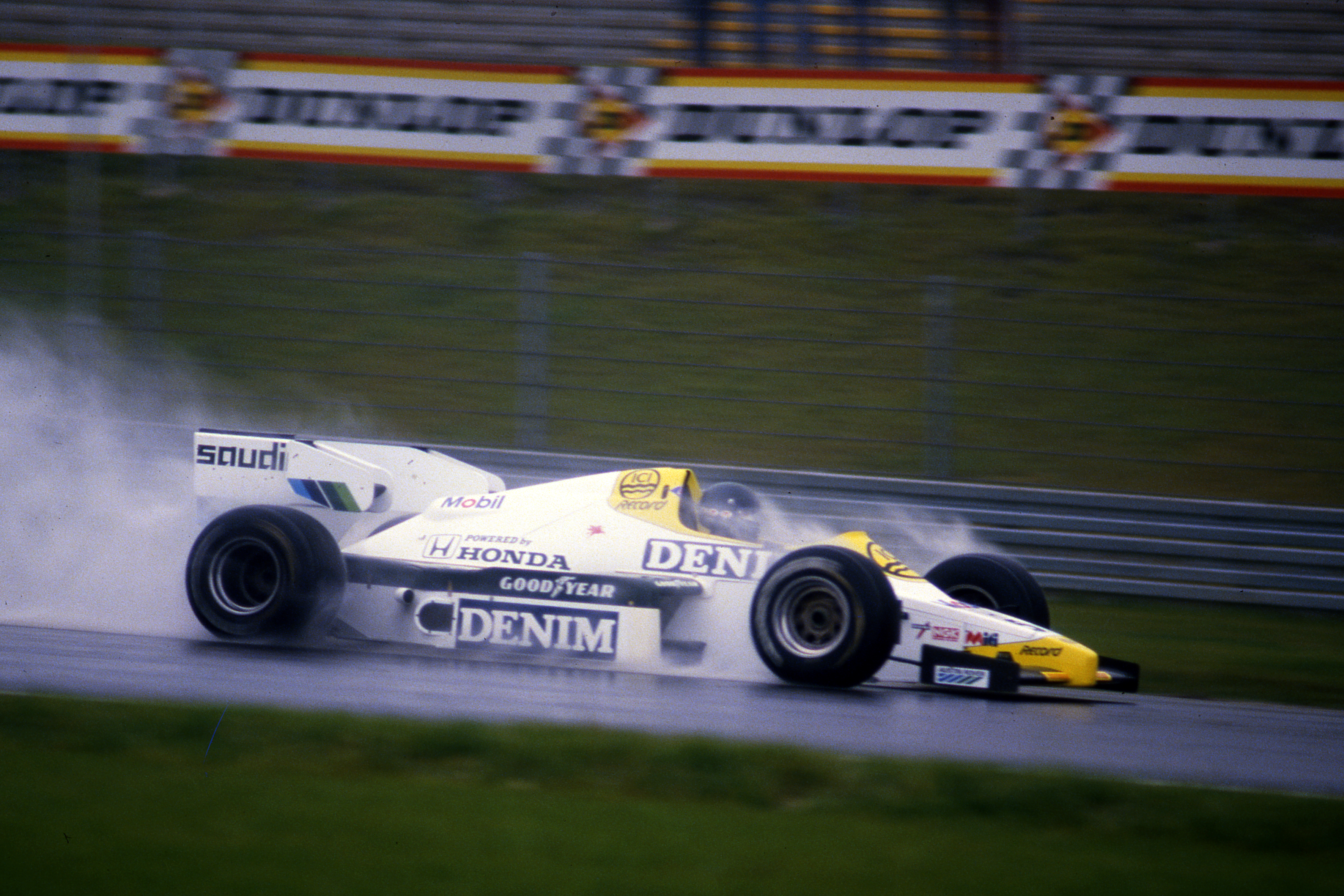
Laffite turned 40 ahead of the 1984 season, which proved to be a disappointing one with Williams. But he returned to his natural home at Ligier in 1985 and performed well.
He would likely have continued beyond the 1986 British Grand Prix following a successful first half of the season that included third in Brazil and second on the streets of Detroit, but for a terrible crash at the start of the British Grand Prix at Brands Hatch in which he broke both legs.
After recuperating, he was eager to return but was unable to in F1. But he did continue to race regularly – and successfully – in sportscars and tin-tops into the late 1990s, and sporadically beyond that. His last outing came at the age of 70 in the Megane Trophy in 2013.


